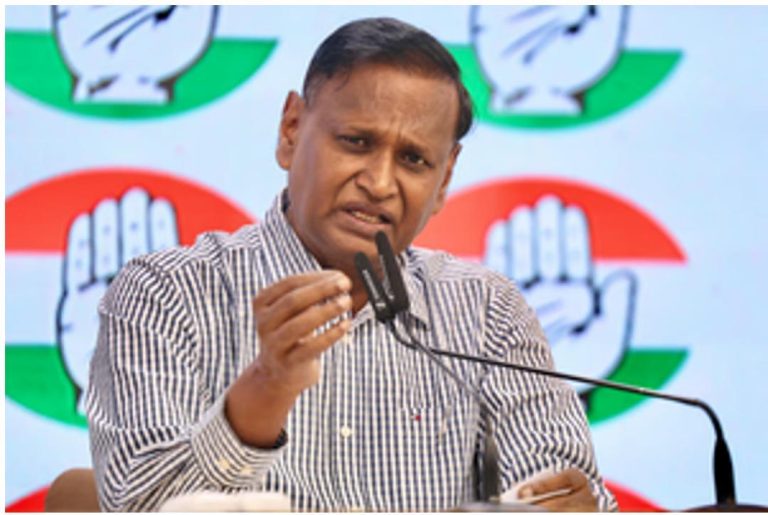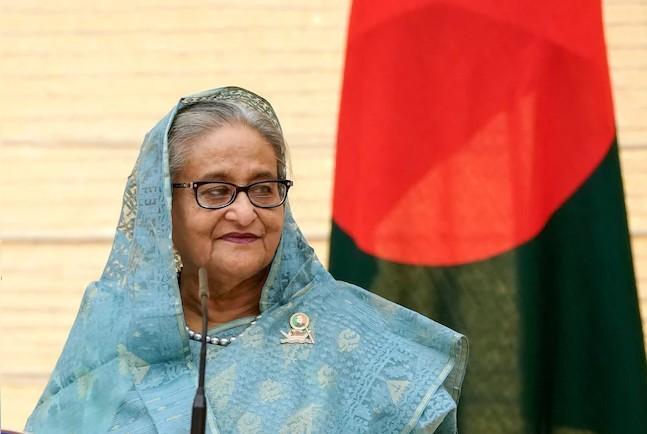
Lalu is the ‘Gabbar’ of Bihar, he scares everyone: Bihar Dy CM
As the assembly elections in Bihar approach, the political landscape of the state is witnessing a heated debate. The latest twist in the drama is Bihar Deputy CM Samrat Choudhary’s statement, which has sent shockwaves throughout the state. Choudhary, while addressing a public gathering, alleged that RJD chief Lalu Prasad Yadav’s fear has led to the exodus of a staggering 1.25 crore people from Bihar. He compared Lalu to the infamous Gabbar Singh from the iconic Bollywood movie Sholay, saying that the RJD chief is the one who scares everyone, regardless of their community or social class.
Choudhary’s statement has sparked a massive controversy, with many questioning the veracity of his claim. However, the Bihar Deputy CM’s assertion has also given rise to a heated debate about Lalu’s impact on the state’s politics and society. In this blog post, we will dissect Choudhary’s statement, analyze its implications, and explore the reasons behind Lalu’s alleged fear factor.
The Context
Lalu Prasad Yadav, the charismatic leader of the Rashtriya Janata Dal (RJD), has been a dominant figure in Bihar politics for over three decades. During his tenure as the Chief Minister of Bihar from 1990 to 1997, Lalu implemented several populist schemes aimed at benefitting the lower and backward classes. His policies, such as the supply of free LPG cylinders to the poor and the distribution of bicycles to schoolgirls, earned him immense popularity among the masses.
However, Lalu’s reign was also marked by allegations of corruption and nepotism. His family members, including his wife Rabri Devi and his two children – Tej Pratap Yadav and Tejashwi Yadav –, held key positions in the government, which led to accusations of favoritism and abuse of power. The Central Bureau of Investigation (CBI) and the Enforcement Directorate (ED) launched several probes against Lalu and his family members, resulting in their conviction and imprisonment in several cases.
The Fear Factor
Choudhary’s statement that Lalu’s fear has led to the exodus of 1.25 crore people from Bihar is a bold claim that has sparked a heated debate. While there is no concrete evidence to support Choudhary’s assertion, it is undeniable that Lalu’s influence over the state’s politics and society has been significant. Many political analysts believe that Lalu’s fear factor is rooted in his ability to wield immense power and influence over the state’s politics, as well as his reputation for ruthlessness and intimidation.
Lalu’s alleged fear factor is also linked to his ability to mobilize the lower and backward classes, who have traditionally been his strong support base. His populist policies and rhetoric have helped him to maintain a strong hold over the state’s politics, which has led to a sense of fear and intimidation among his opponents.
Implications
Choudhary’s statement has significant implications for the upcoming assembly elections in Bihar. If Lalu’s fear factor is as pronounced as Choudhary claims, it could have a profound impact on the state’s politics. The RJD chief’s ability to intimidate and influence voters could help him to maintain his hold over the state, which could be detrimental to the interests of his opponents.
On the other hand, Choudhary’s statement could also be seen as a desperate attempt to discredit Lalu and the RJD ahead of the elections. By painting Lalu as a figure of fear, Choudhary may be trying to appeal to the sentiments of voters who are tired of Lalu’s dominance over the state’s politics.
Conclusion
In conclusion, Choudhary’s statement that Lalu is the ‘Gabbar’ of Bihar, who scares everyone, is a bold claim that has sparked a heated debate. While there is no concrete evidence to support Choudhary’s assertion, it is undeniable that Lalu’s influence over the state’s politics and society has been significant. As the assembly elections in Bihar approach, it remains to be seen how Choudhary’s statement will impact the state’s politics and whether Lalu’s fear factor will continue to play a significant role in shaping the state’s political landscape.
Source:






